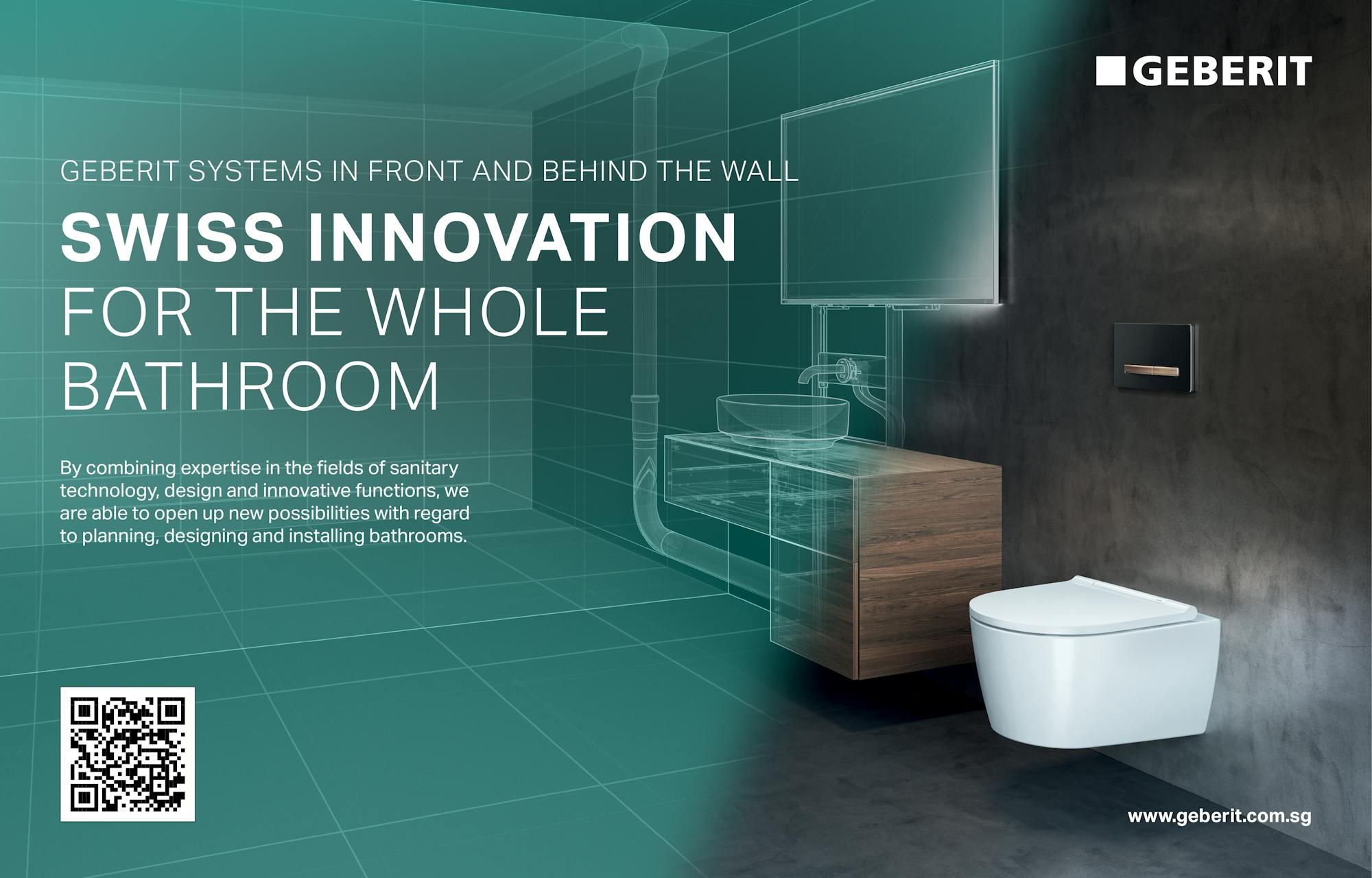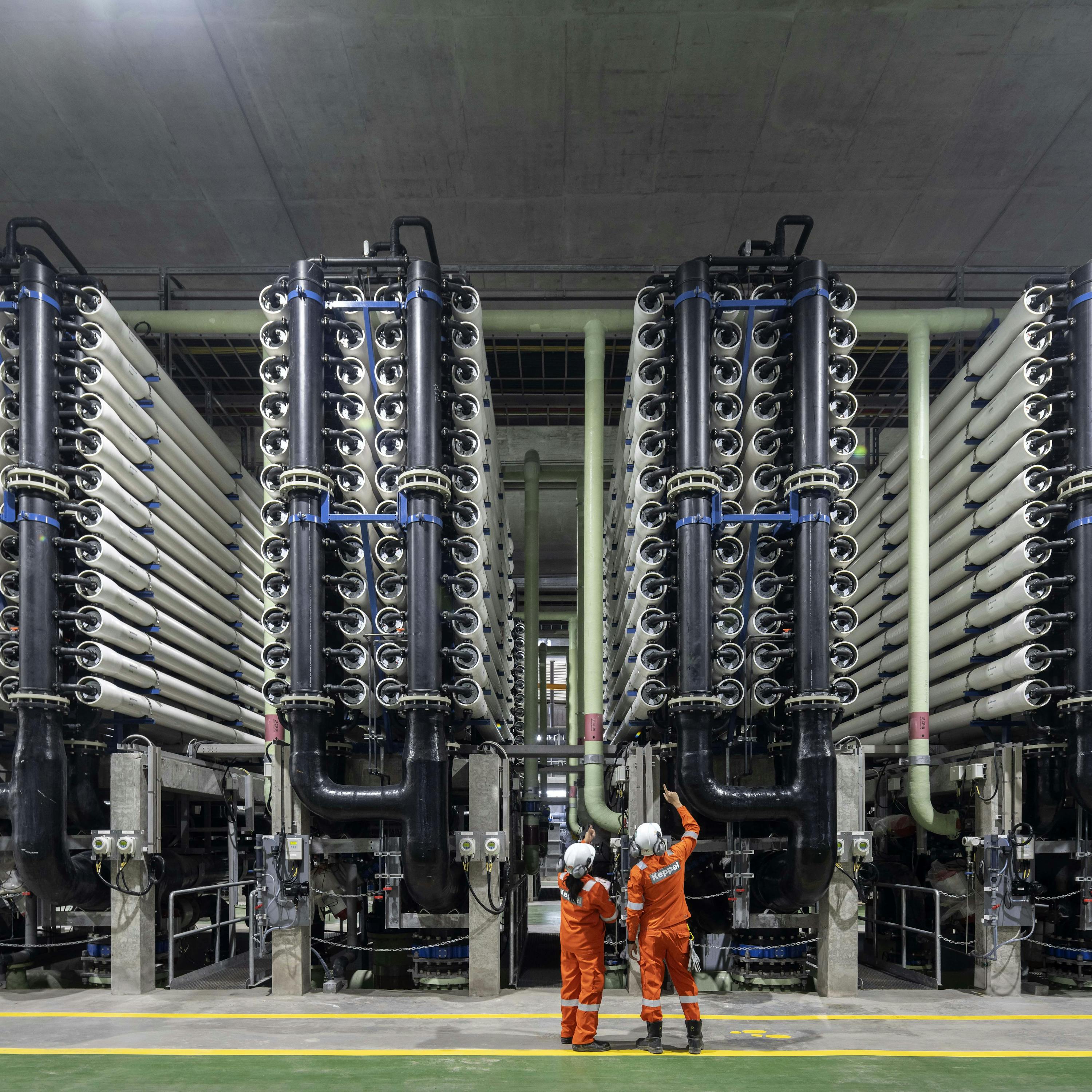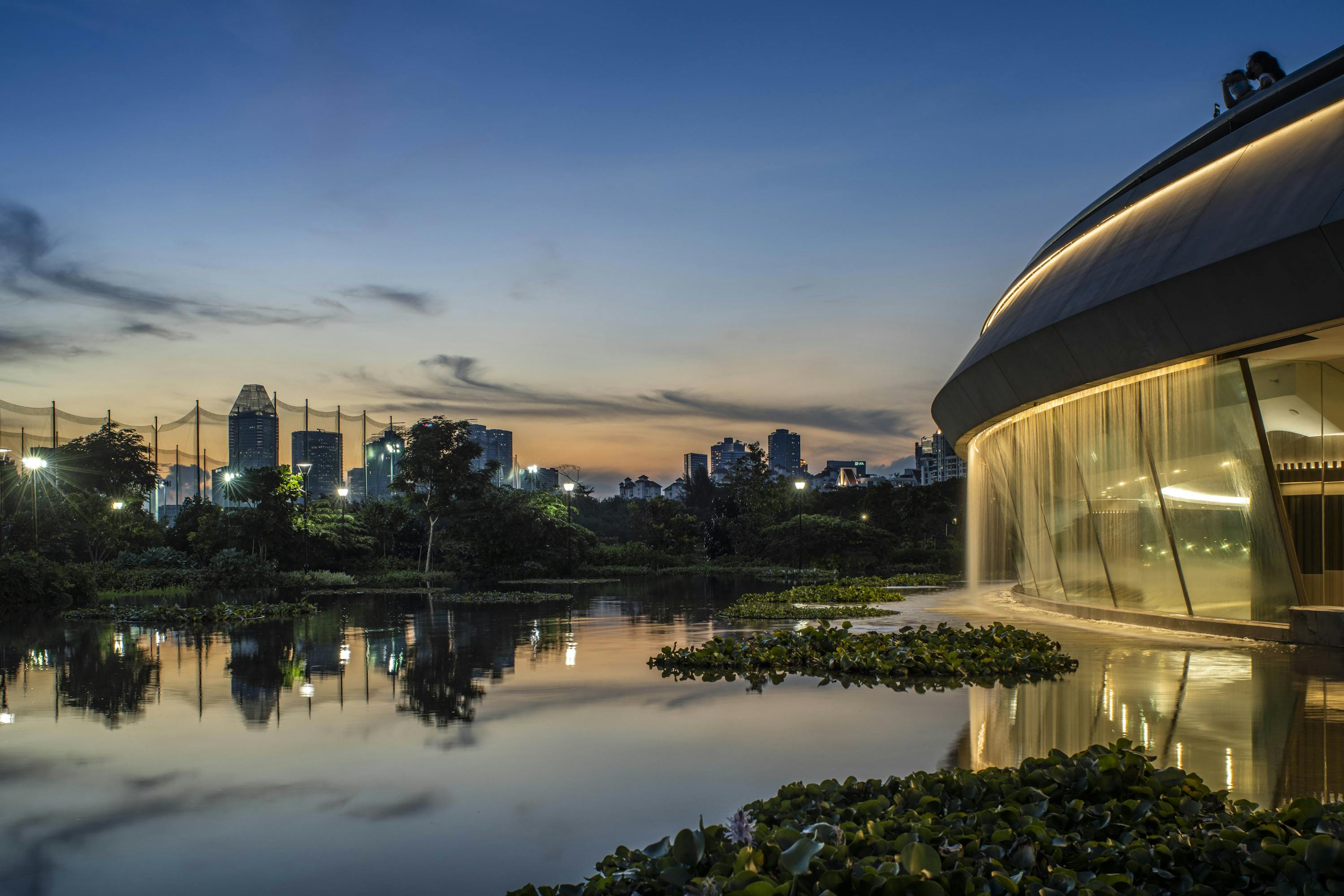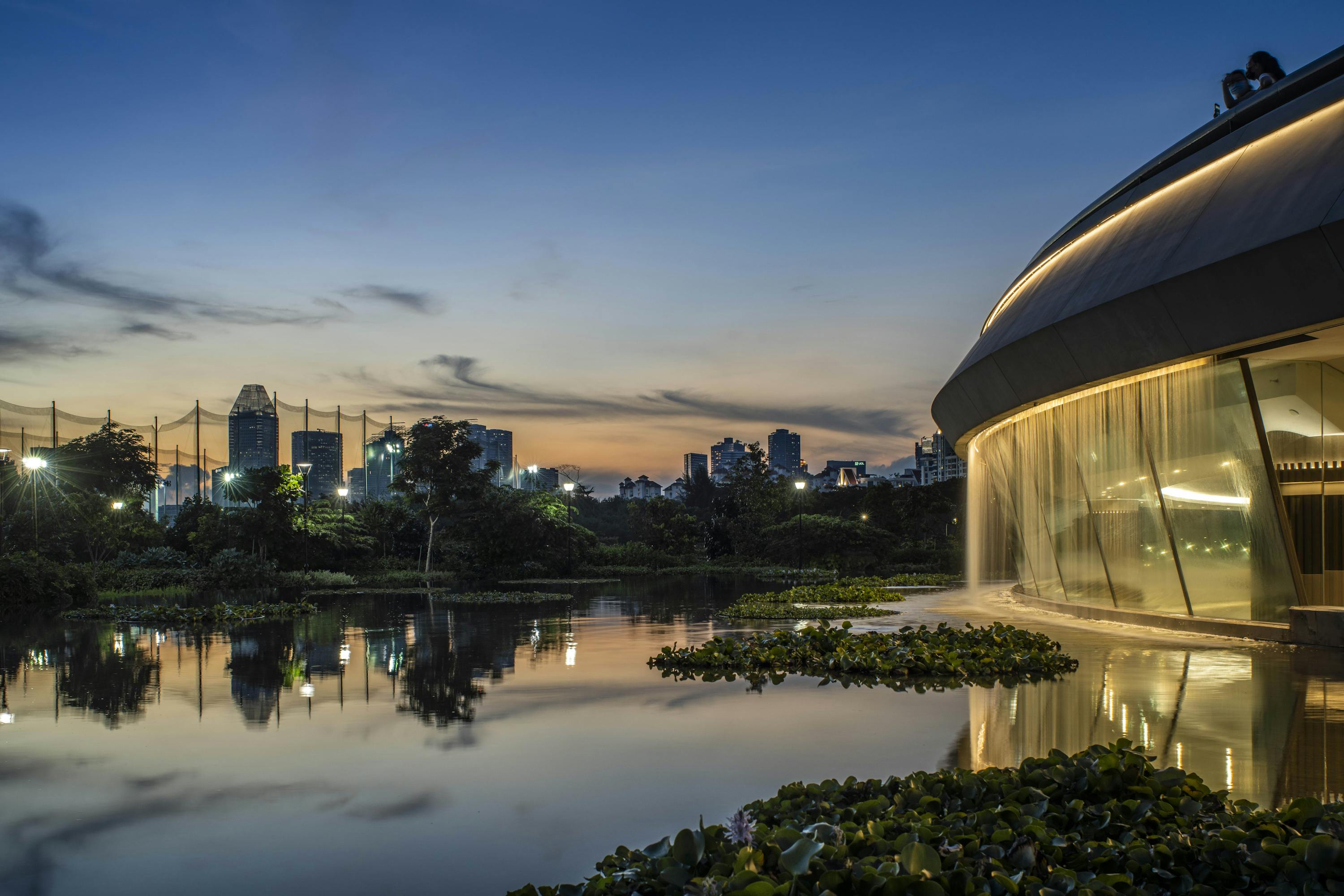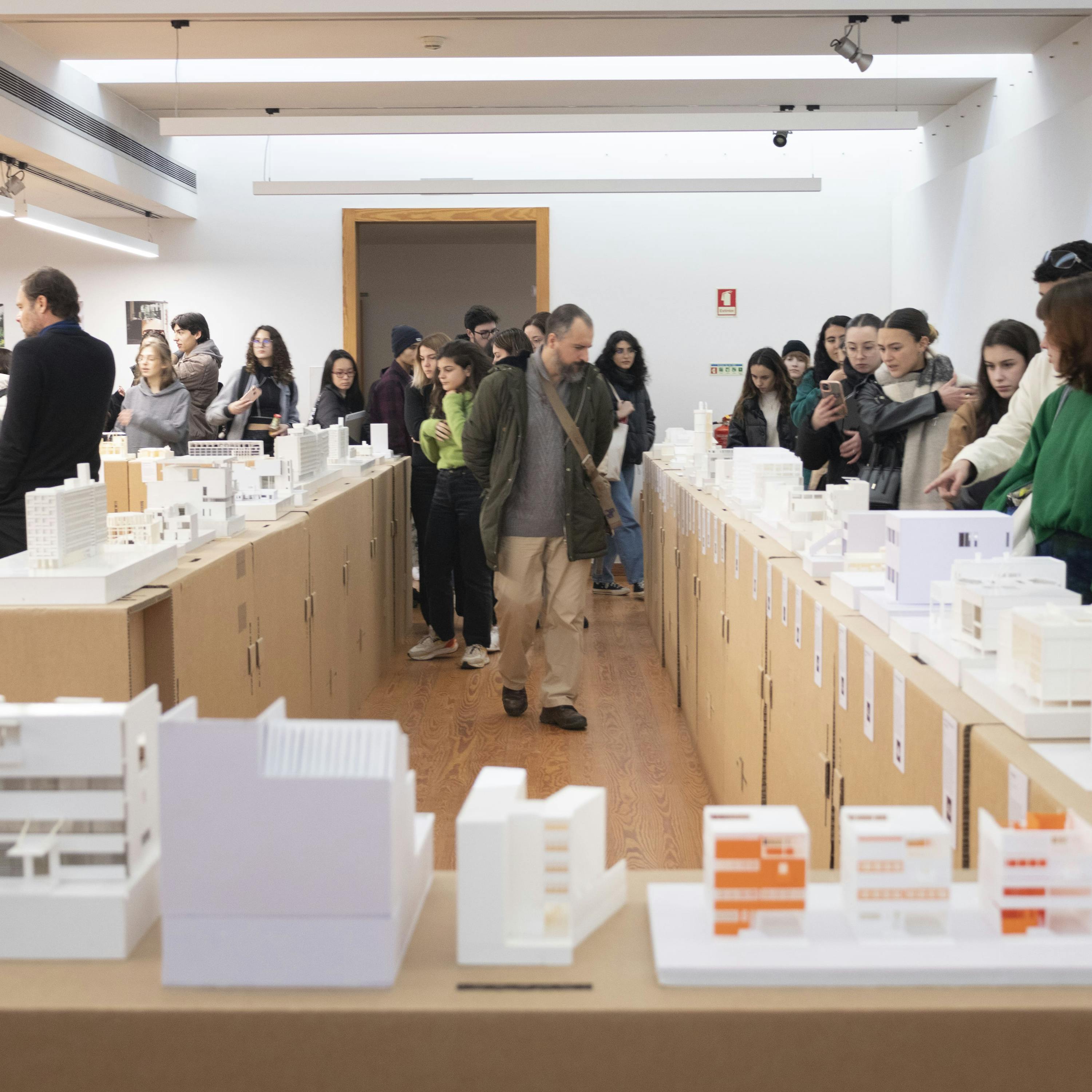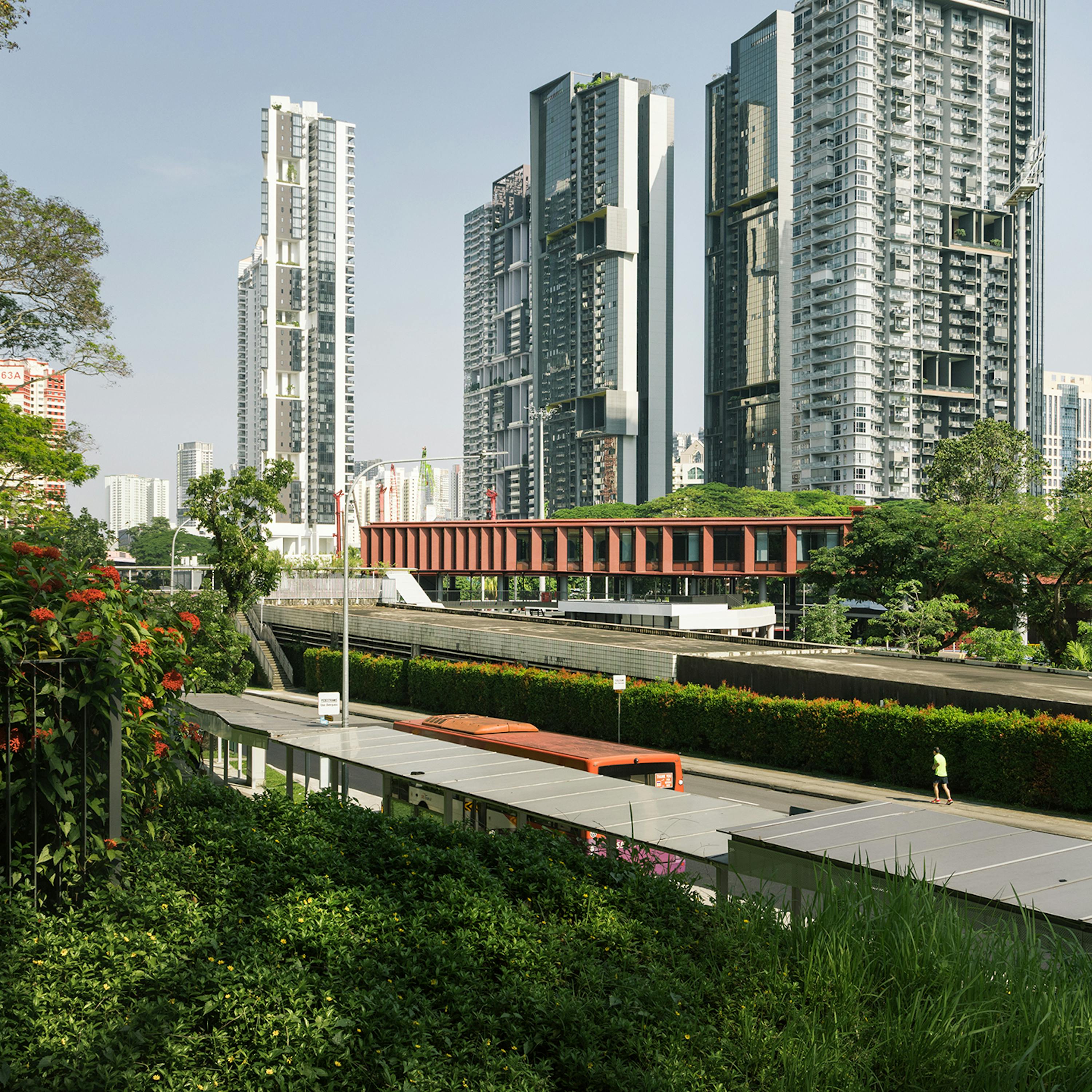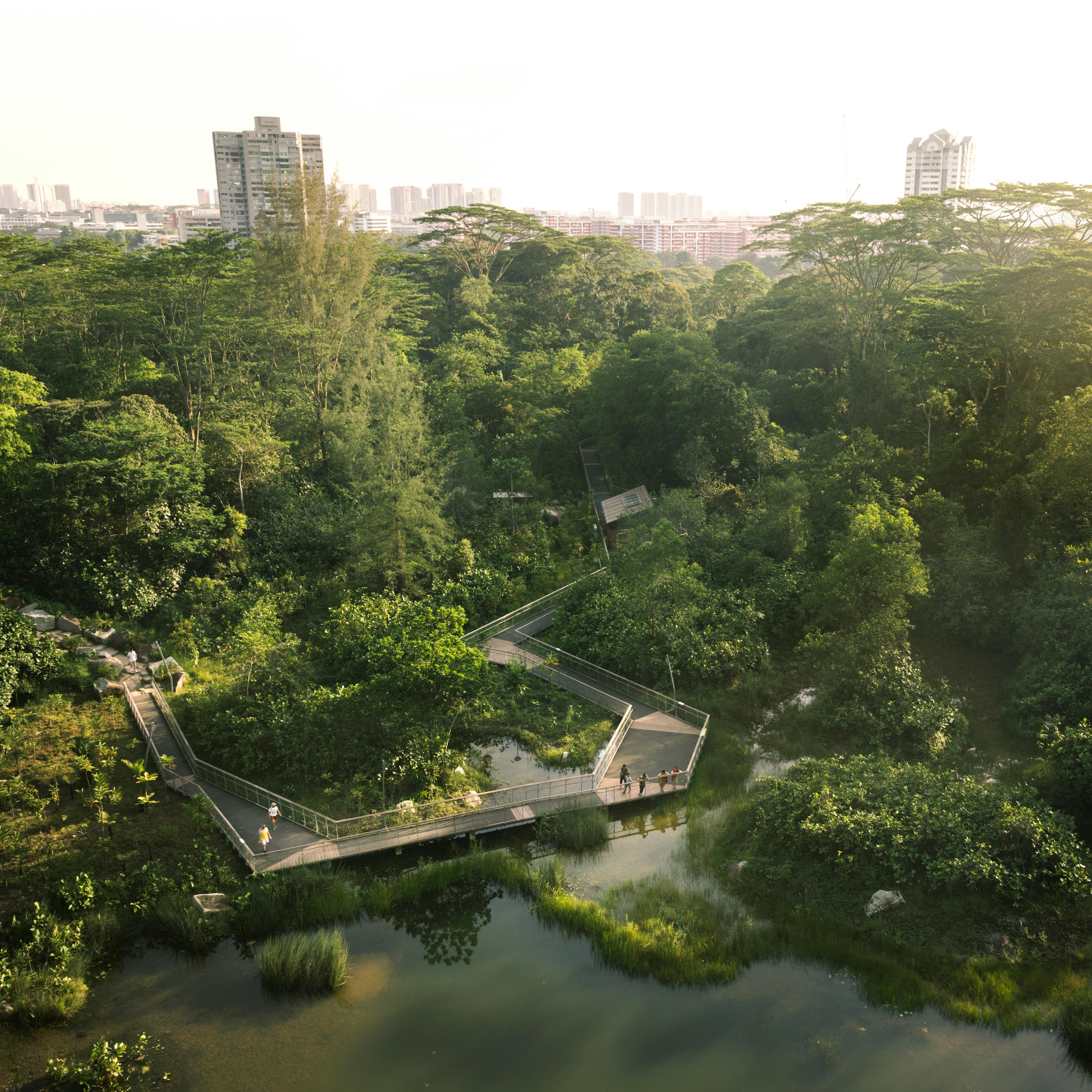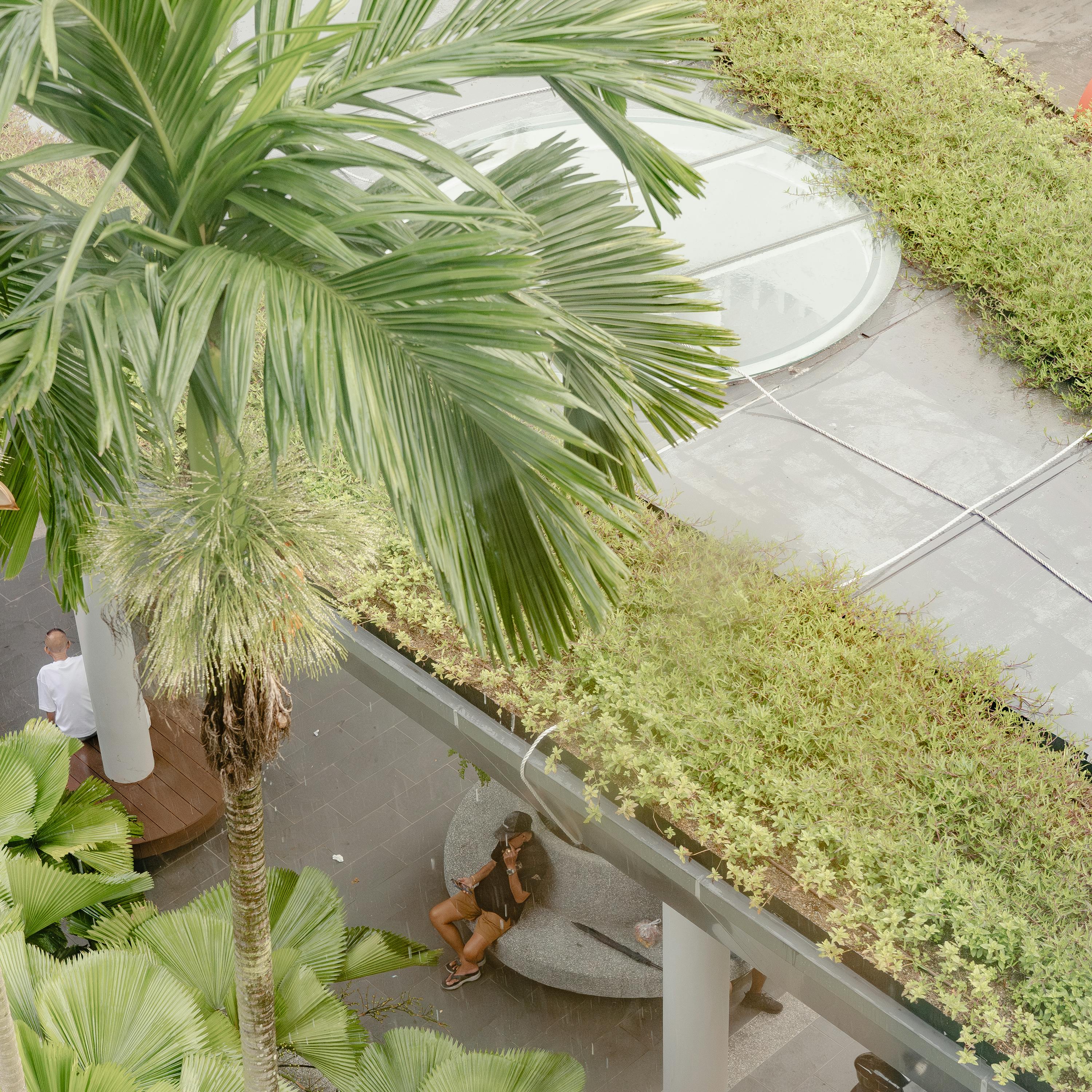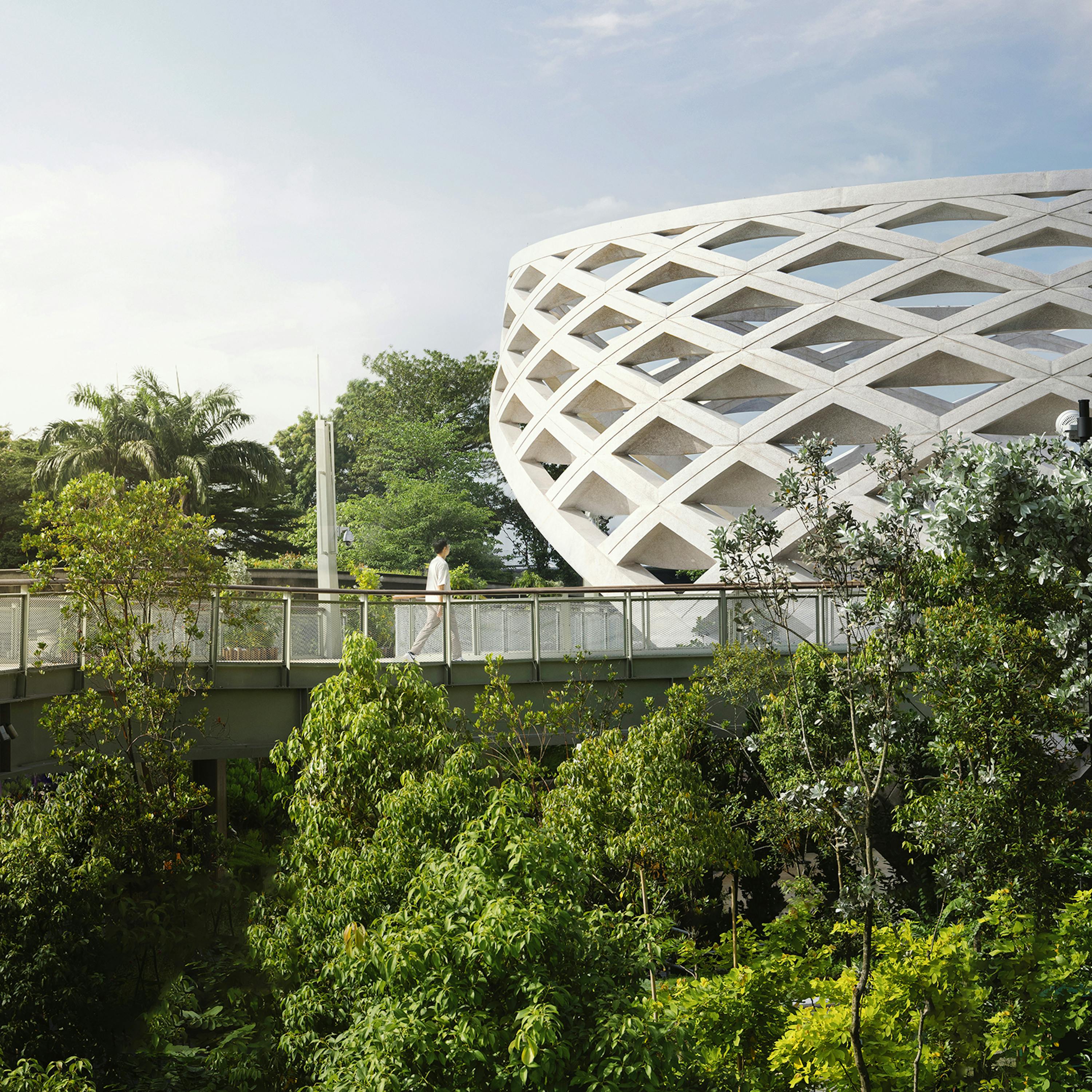Keppel Marina East Desalination Plant
The average Singaporean uses 154 litres of water at home in a day. If we had to fetch this from a public tap to our homes with a 20-litre jerry can, we would need to make 8 trips every single day.
I remember the water-rationing exercises in the 90s with both fondness and dread. On the first morning that our water supply was artificially cut off, I waited eagerly for the arrival of the water truck with my neighbours. Filling up buckets of water from the truck seemed fun at first, until I realised that we also needed to carry them back up to our flat by stairs.
Since the 1960s, the Singapore government has tried numerous formats of public messages to cultivate a water-saving culture. The deliberately laborious water-rationing exercise was meant to drill the importance of water conservation into our collective consciousness, reminding us that the core of our livelihoods is inevitably tied to our independence from imported water. Over the years, the discourse on water security has never strayed far from our national narrative.
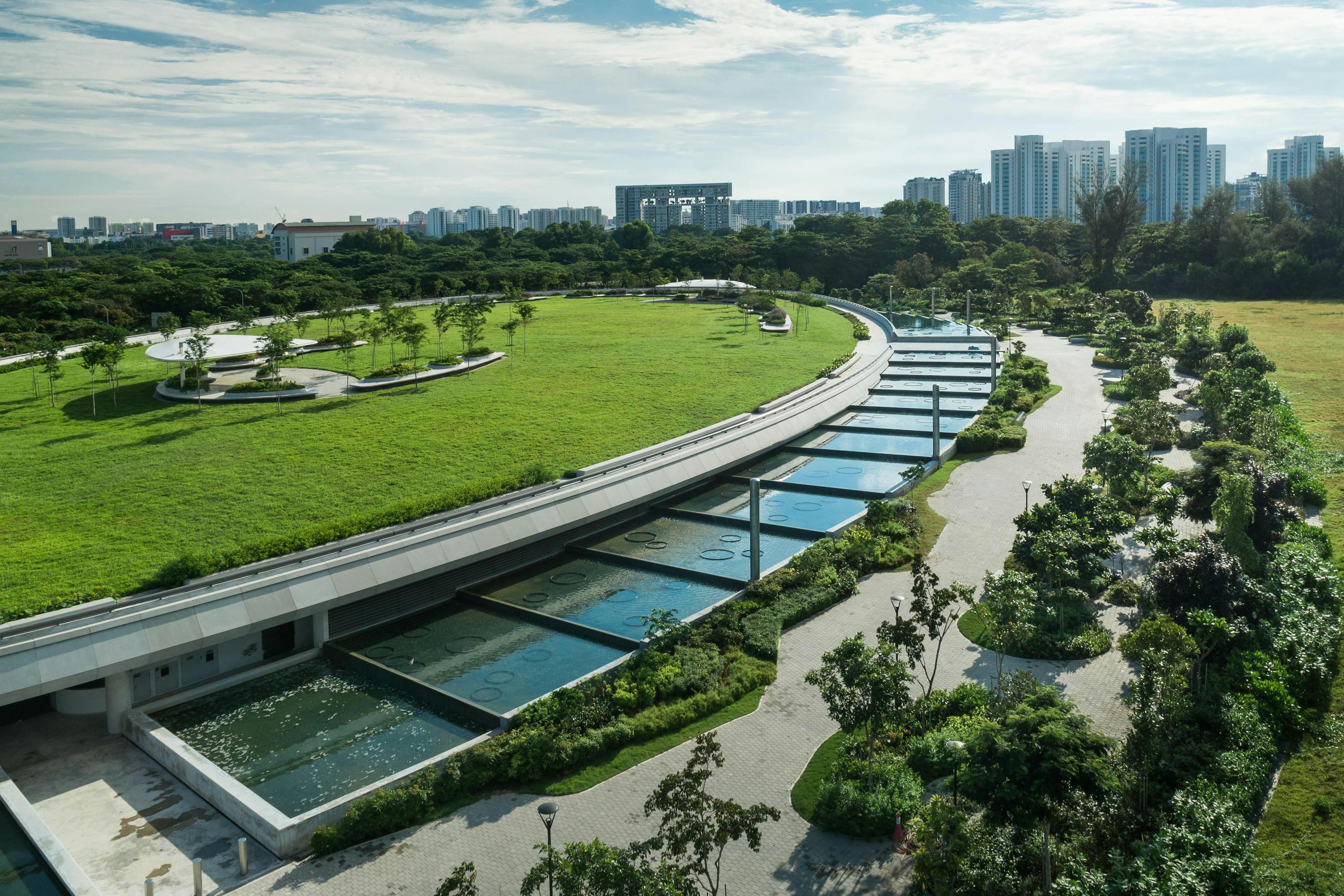
Today, Singapore’s water supply comes from 4 sources know as our Four National Taps - our local catchment, imported water, NeWater and desalinated water. Situated next to Garden by the Bay East, the Keppel Marina East Desalination Plant (KMEDP) is Singapore’s fourth desalination plant, adding another 30 million gallons of water to our daily supply. The increased reliance on desalination makes Singapore's water supply more resilient as seawater is almost a limitless resource and its supply not impacted by climate change.
The mega-infrastructure project is realisedrealized by a team of 2000 at the peak of its construction and is also the first dual-mode plant capable of treating both sea and freshwater.
The KMEDP utilisesutilizes the ‘RiGBY’ design approach, that signifies the integration of Blue, Green, Yellow and Red design strategies. Blue represents the application of Water Sensitive Urban Design principles for end-to-end water sustainability through water collection, treatment and distribution. Stormwater run-off filters through a series of vegetated bio-retention basins, collecting in detention and harvesting ponds before being re-used for irrigation and maintenance of the water features. Plants in the the bio-retention basins are carefully selected to reduce pollutants from rainwater and create a beautiful setting for the site.
Urban Resilience
The 20,000 sqm feature roof reduces heat gain into the facility and alsoand aids in flood management by slowing down the flow of stormwater into the existing public drainage system during heavy downpours.
A facility of this nature would typically result in a large and voluminous structure. Because of the KMEDP’s adjacency to the Park Connector Network (PCN), East Coast Park Expressway (ECP) and the Marina Coastal Expressway (MCE), an early decision was made to employ the ‘Park + Plant’ strategythe “Park + Plant” strategy. By building a subterranean facility leaving only its green roof visible, the KMEDP integrates seamlessly with the surrounding landscape to create generous green public spaces. Even on the side of the building that flanks the MCE, the building profile is carefully considered to conceal the massive of its presence from the road. The facility itself is also designed to be more compact than its counterparts, through the mindful selection of equipment and the optimisationoptimization of the treatment process.
Yellow focuses on the enhancement of social and community spaces. Despite the desalination facility being a critical infrastructure that would have required high-security fences, the design team designed it as an open park by enveloping the facility with a series of shallow cascading ponds, thus creating a discrete physical barrier between public and private.
Finally, Red focuses on car-free spaces designed for pedestrians. The service road into the plant is tucked away from the park-side access, while the site itself slopes gently upwards from the park. The building is hugged by a continuous promenade inviting park users up into the cradle of its roof-top garden.
Future Resilience
The successful implementation of the Blue, Green, Yellow, Red design philosophy has earned the KMEDP a myriad of awards, including the Global Water Awards 2021 - 'Desalination Plant of the Year' and ABC Waters Gold Certification. But perhaps at this point, one might raise the question, why not build a desalination facility next to the sea and away from an urban environment in the first place?
The selection of KMEDP's site further inland was intentional to ensure that the facility is also resilient to future planning changes. The plant is situated 1.8km from the current coastline, with a pipe corridor that extends towards the sea. The inland location ensures that the facility does not need to be relocated if adjacent spaces are required for residential or recreationals purposes in the future.
At the mouth of KMEDP’s seawater inlet is a sunken dual--flow pumping chamber brilliantly disguised as a sea-side playground. The strategic location of this chamber allows the plant to harness both seawater from the Singapore Straits and freshwater from the Marina Reservoir, making it more resilient towards the increasing weather uncertainty brought about by climate change. Before the KMEDP’s construction, Marina Barrage had to discharge excess water during periods of heavy rainfall. Now, the KMEDP works in tandem with the barrage to treat water from the Marina Reservoir during periods with heavy rain, orrain or draw water from the sea during periods of dry weather.
Turning Infrastructure into Public Space
KMEDP’s approach of challenging conventional infrastructure design could not have been achieved without the strategic foresight and steadfast resolution of the team driving the project. By designing a key public infrastructure as an urban space, the building allows Singaporeans from all walks of life to build a sense of belonging to the architecture and collective memories of its spaces. On my visit, the serene atmosphere made it the perfect location for a couple who wanted a quiet moment together, and a group of friends wanting to capture memories of a wedding preparation.
Singapore’s water story has come a long way since the days of the first “Water is Precious” campaign. This time, its narrative will include both public message and public usage, instilling the importance of water resilience subtly into our social narrative.







